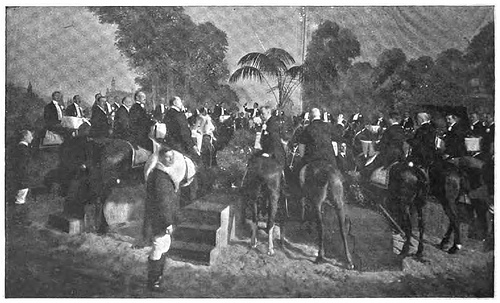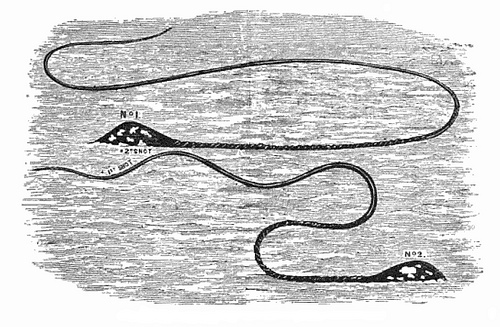In 1979, Robert Barbour applied for a vanity license plate at the California Department of Motor Vehicles. He listed his preferences as SAILING, BOATING, and NO PLATE, meaning he didn’t want a vanity plate if his first two choices were taken.
Inevitably, the DMV sent Barbour plates reading NO PLATE. But that wasn’t the worst of it: In the months that followed he received 2,500 notices of unpaid parking violations from around the state. When a police officer anywhere in California cited a vehicle without plates and wrote NO PLATE on the ticket, the record was matched to Barbour.
Two years later, when the DMV wised up and asked officers to stop doing this, they began writing MISSING instead … and Andrew Burg of Marina del Rey started getting the tickets.
The same thing has befallen motorists sporting the tags VOID, UNKNOWN, NOTAG, and even XXXXXXX. It makes you wonder how the police could write up a tagless car.






